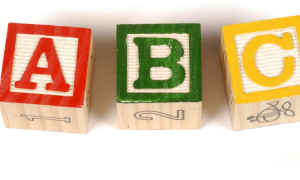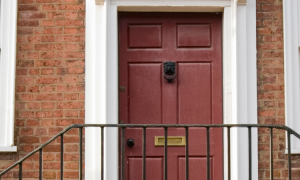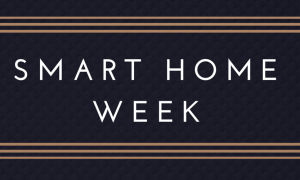In the first and second posts of the series, we defined the smart home, discovered how smart features can keep your home safe and determined the best way to get started. In our third and final post, we’ll see whether smart home technology and its safety features give homes an advantage when it comes time to sell.
Smart sales
Smart home technology’s time has come and real estate professionals are well aware of that. Sellers have started to use smart devices as selling points, a way to differentiate their homes from others on the market. The showy features can dazzle buyers unacquainted with the technology and reassure those who are.
“We’re finding more and more people wanting to have a connected home,” said Karen Sanders, chief marketing officer for August Home, a maker of smart home devices, whose company is partnering with Coldwell Banker to help sellers upgrade their homes to increase their attractiveness to buyers.
The nation’s home builders are well aware of how popular smart home technology is becoming. Their National Association (NAHB) recently surveyed potential home buyers about their wants. It found that 54% expressed a desire to have a wireless home security system incorporated in their properties. A majority (51%) also wanted smart thermostats and many others included remote security cameras, lighting and energy management systems on their wish lists.
“The data definitely shows a preference for tech, especially among millennials,” said Steve Melman, an economist with the NAHB.
[new_royalslider id=”3″]
Added value?
It’s hard to calculate just how much smart tech can add to a home resale value, according to Jonathan Miller, CEO of Miller Samuel, a leading appraiser for the New York, South Florida and Los Angeles areas. He suspects the premium paid for smart homes is modest at this point but it is trending up.
In some markets, the absence of smart technology can make a listing harder to sell. Buyers expect houses to come equipped with smart home technology. Many homeowners include equipping homes with smart technology when prepping their properties for sale.
A big advantage of smart home products, such as August Home’s Smart Lock and Door Bell Cam, is that they work wirelessly. Adding these device to entryways is simple and inexpensive, partly because you don’t have to go into walls and woodwork to hook them up, according to Lindsey Turrentine, editor of the technology media website CNET.
“It’s an easy way to prep an old home for sale,” she said.
Where to start
Turrentine also recommends that homeowners wanting to upgrade start with smart thermostats, which should provide an immediate money-saving impact. It allows homeowners to cut back on heating and cooling bills without sacrificing any comfort. Most people set their room temps to 65 degrees or so in cold weather when they’re out, and ratchet that up to 72 when they’re home. But with smart thermostats, they can leave the house much colder during their absences and still return to a toasty living room just by letting the house know they’re on their way home.
Once they’ve gotten used to that, a new smart lighting system is also a sound investment, according to Turrentine. These can be programmed to react to the presence of residents, so they’ll come on and turn off when someone enters or leaves a room. Besides being energy efficient, it’s also pretty cool and can impress potential buyers as agents show the property.
Lighting can also change color or intensity, depending on the activity going on in a room. Turning on the smart entertainment center could, for example, lower the overhead lights to the level most compatible with television viewing. Lighting tones can change with the change in time of day, going to more pastel hues, for example, as the sun goes down, if the homeowners would like.
Turrentine pointed out that homeowners don’t even have to lift a finger to accomplish these actions in smart homes equipped with voice assistants like Amazon’s Echo, Apple’s Siri, and Microsoft’s Cortana. They can just order the house to comply with their wishes.
The key to further growth and quicker market penetration of smart home technology is to improve the ability of smart devices to talk to each other and interact seamlessly so that even your grandmother can use it.
“You can have the best technology in the world, but if it’s difficult to manage, no one will adopt it,” said Snell.






